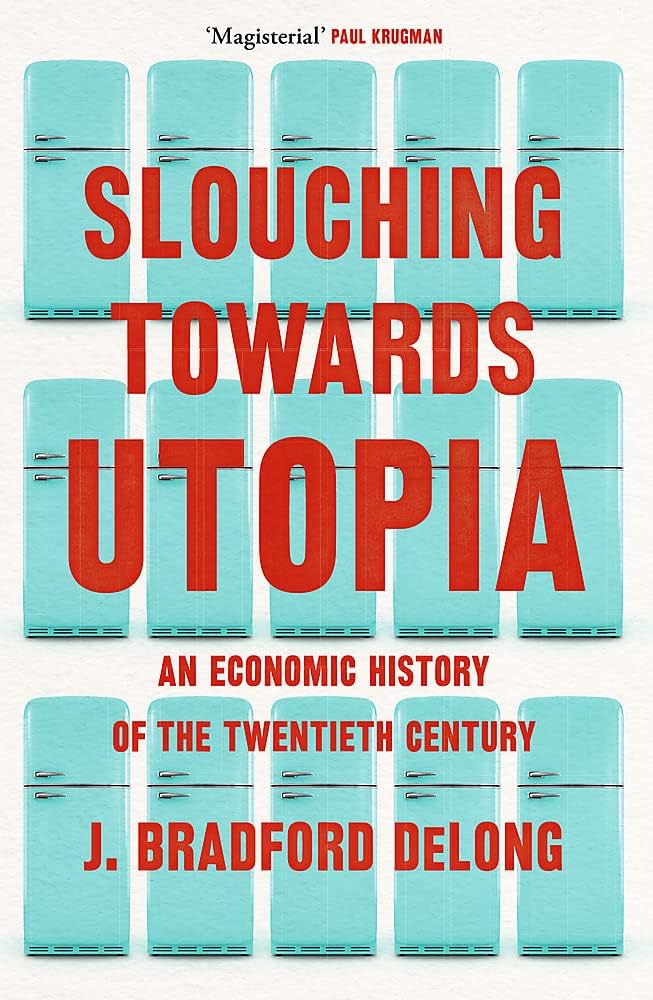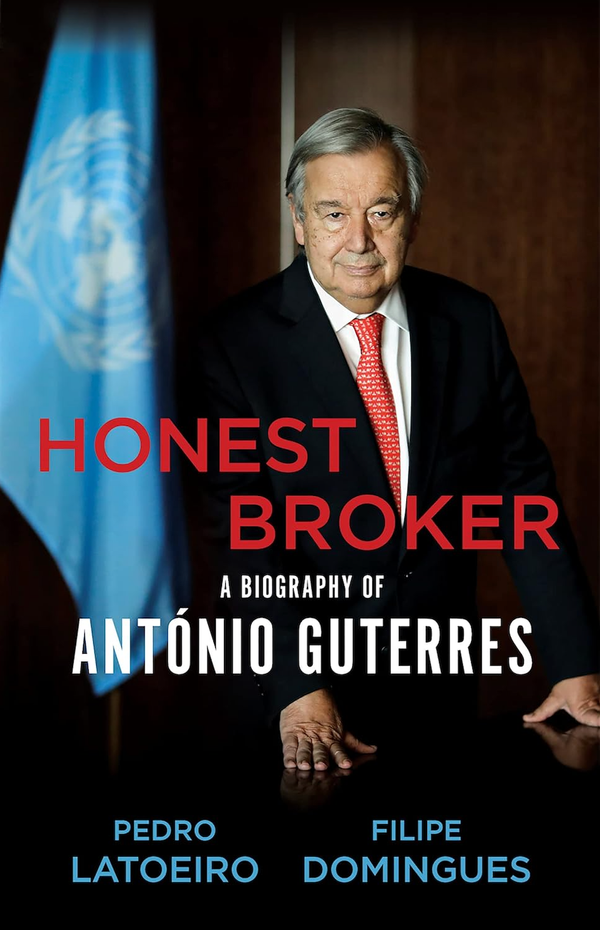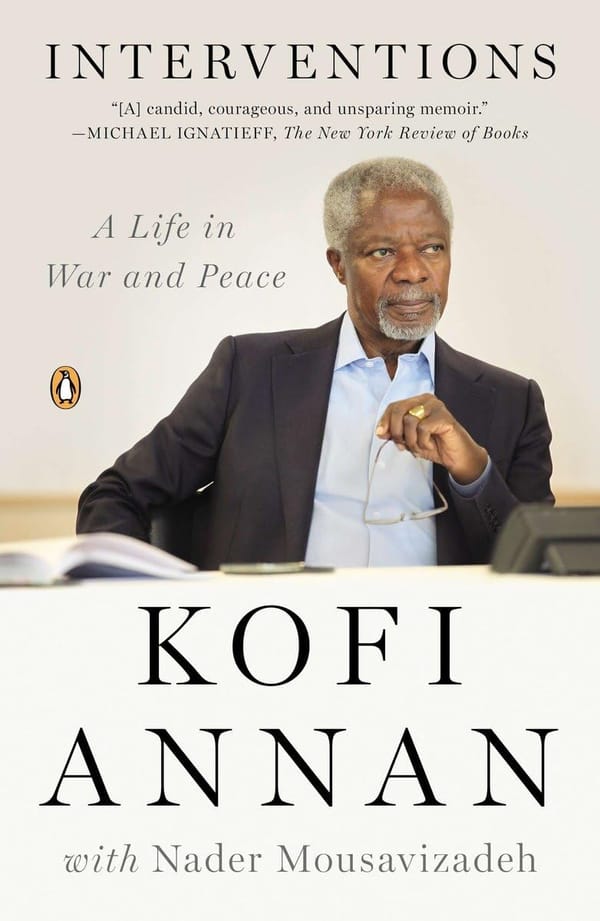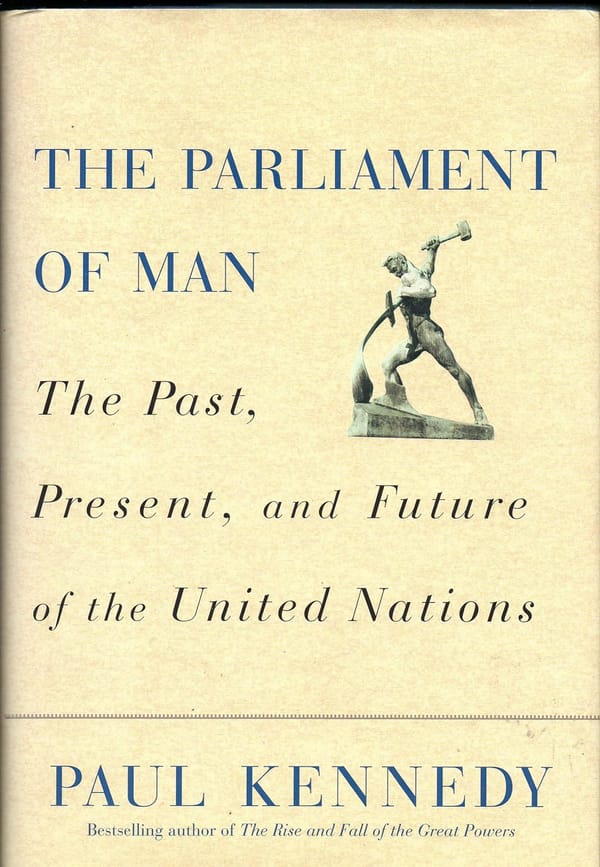By J. Bradford DeLong (2022)
Pages: 546, Final verdict: Should-read
To most of us, the twentieth century feels both intimately familiar and immensely complex. Two world wars, the emergence and collapse of the Soviet Union, the rise of the CCP in China and multiple economic recessions. It doesn't seem like a century conducive to economic prosperity. Except it was. Metrics like GDP per capita, infant mortality, maternal death rates, instances of extreme poverty, and even caloric intake all tell a similar story. The twentieth century experienced unparalleled progress, improving the quality of life for billions worldwide.
In his latest work, J. Bradford DeLong, an economic historian and professor at UC Berkeley, presents a grand narrative of the economic history of what he dubs the "long twentieth century," spanning from 1870 to 2010.
More than 80 percent of the world’s population lived on less than US$2 per day in 1870. That fraction was down to 72 percent by 1914, 64 percent by 1950, and 40 percent by 1984. That extreme fraction was down to 9 percent by 2010—in large part because of the spillovers from hyperglobalization.
The road to utopia, a few decades at a time
It all starts with a backdrop of the world before 1870. Back then the future looked grim. Thomas Malthus, the influential English economist of the nineteen century, was convinced that exponential population growth combined with a linear growth in food supply would inevitably lead to a steep decline in living standards and increased poverty. Malthusianism - as the theory is now called - turned out to be wrong. Lucky for us, very wrong.
Thus begins 'Slouching Towards Utopia. Three core arguments form the spine of DeLong's narrative:
- Individual figures—whether political leaders, war generals, or economists—had significant sway over the world's economic history.
- Economic progress thrives under a dominant global force capable of guiding global economic and diplomatic strategies—a role the UK played from the late 19th to the mid-20th century, and which the US later adopted.
- The 20th century's economic history consistently swung between the liberal economic principles of Friedrich von Hayek and the interventionist, socially-oriented philosophy of Karl Polanyi.
A canonical example is the role of FDR and Eisenhower in shaping the economic history of the second half of the 20th century. One Democrat, one Republican. One a life-long politician, the other a war hero. One responsible for the New Deal - the largest investment in social programs in the US - the other oversaw the transformation of the US to 'big government'.
Federal spending under Eisenhower was 18 percent of GDP—twice what it had been in peacetime even at the height of the New Deal. And state and local government spending raised total government spending to over 30 percent. In pre–New Deal 1931, federal spending had been just 3.5 percent of GDP, and a full half of all federal employees were in the Post Office. By 1962, the federal government directly employed some 5,354,000 workers. And that was in a nation of some 180 million people. In 2010, that number was down to 4,443,000—with a population of over 300 million.
Yet, despite their stark differences, both these leaders and their policies played a crucial part in America's journey to becoming the world's dominant economic and military power post-World War II.
The book deftly explores how throughout the 20th century, global leaders, driven by their ideologies and vested interests, vacillated between Hayek's laissez-faire capitalism and Polanyi's call for more state intervention. The result? A world that oscillated between eras of unbridled free markets and others of stringent regulations.
The chapter on the 'Roaring Twenties' is particularly captivating. The era, marked by unprecedented economic growth, innovation, and cultural transformation, exemplifies Hayekian free-market ethos. But, as DeLong points out, it was also a time of vast economic inequality and hubris (plus the inaction from the Federal Reserve) which eventually precipitated the Great Depression. This catastrophe paved the way for the New Deal and the more interventionist policies of the 1930s and 40s.
As the narrative progresses through the second world war and into the 'Neoliberal Turn', DeLong dives deep into the late 20th century when economic thought took a drastic swing back to Hayek, led by figures like Ronald Reagan and Margaret Thatcher. Their policies of deregulation, tax cuts, and anti-union stances marked a stark departure from the post-war consensus that was heavily influenced by Polanyi's thoughts.
But it's not just a tale of economic thought and policy. DeLong’s storytelling is enriched with social and cultural history, which provides a comprehensive view of the times. We learn of the cultural revolutions, civil rights movements, wars, and global crises that further complicated the economic scene.
In the final chapters, DeLong ponders on the 21st century, raising questions about China's rising influence, the implications of a multipolar world, and the looming challenges of climate change and technological disruptions. Will there be a new hegemonic power to guide us? Or will the world need a more collaborative model?
“From the nation-and-polity point of view, the wealth creation and distribution drove four things, of which the first was by far the most important: 1870–2010 was the century when the United States became a superpower. Second, it was during this period that the world came to be composed primarily of nations rather than empires. Third, the economy’s center of gravity came to consist of large oligopolistic firms ringmastering value chains. Finally, it made a world in which political orders would be primarily legitimated, at least notionally, by elections with universal suffrage—rather than the claims of plutocracy, tradition, “fitness,” leadership charisma, or knowledge of a secret key to historical destiny.” - J. Bradford DeLong
Bottom line
"Slouching Towards Utopia" extends beyond economic history. It reflects on human pursuits, the leaders shaping them, and the perennial balance between freedom and security. This book is a must-read for those keen on decoding the world's tumultuous 140-year journey of the long 20th century.
DeLong's attempt to maintain a centrist stance stands out, as he critically evaluates policies across the political spectrum. While the book's vast scope is commendable, it's also a limitation. Compressing several decades of economic history into a few dozen pages inevitably omits nuances. The 20th century's monumental economic achievement—China's growth—receives little ink. I guess you really can't have your cake and eat it too.
But biggest issue with the book is another. DeLong's narrative brims with quantitative data, but the lack of charts and tables is a big missed opportunity.
In conclusion, "Slouching Towards Utopia" is a commendable feat. In less than 600 pages, you'll get a solid, eloquent, quantitative, (mostly) unpartisan view of the economic history of the greatest century of human lives. That's good enough for me.
Learn more
- Buy the book



